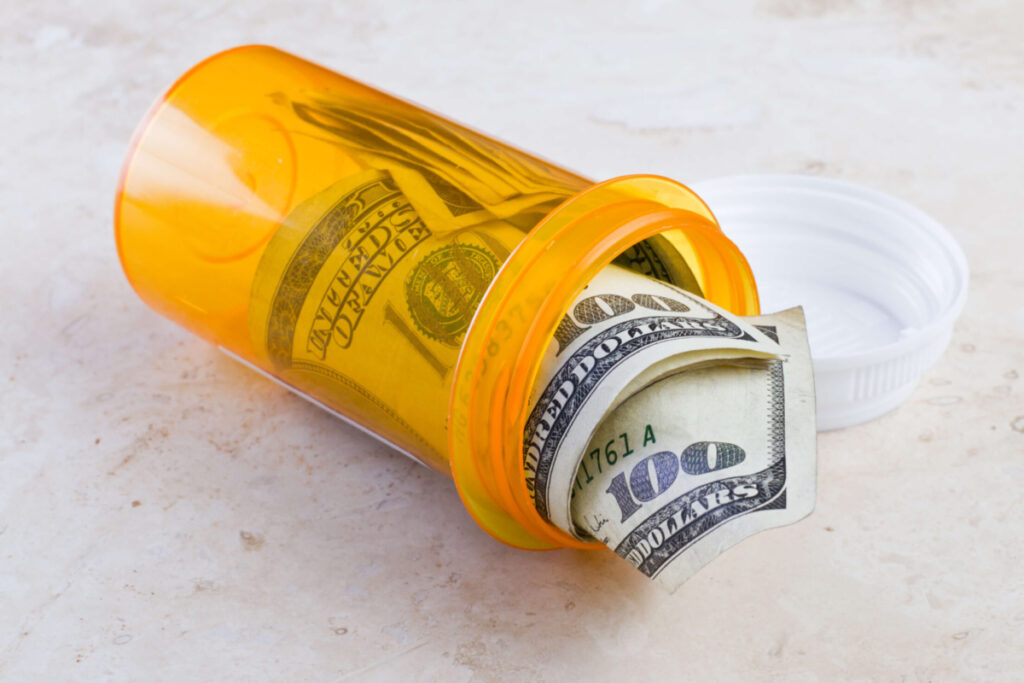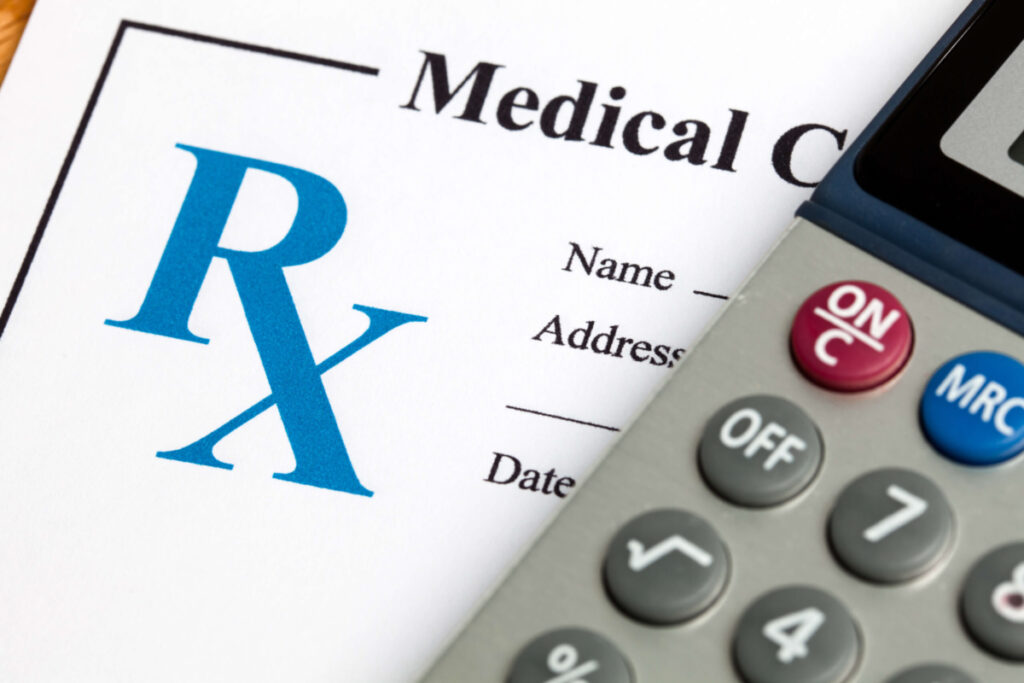The Trump Administration’s Safe Importation Action Plan lays out two pathways to support importation of lower-cost prescription drugs, but raises questions that need responses.
In Pathway 1, the Administration gives a nod to state efforts to create wholesale importation programs for certain high-cost drugs, mirroring the provisions of current state efforts and federal requirements. That’s good news for states, particularly for Vermont, Florida, Colorado, and Maine that have enacted laws and are working together on implementation strategies, but two issues arise.
First, the plan requires the federal government to initiate rule-making – a process that can take years and will delay state action. This is particularly frustrating because the federal government has had about three decades to issue rules after enactment of the law that allows importation.
Second, the plan includes a “poison pill,” which requires that drugs imported under the program must have originally been intended for the Canadian market. The federal law that initially established the importation program did not include such restrictive language. Rather, it simply authorized the importation of prescription drugs from Canada. This is an important distinction. The wholesale drug importation program requires that current US Food and Drug Administration (FDA) protocols be followed. That means that drugs coming from any country through Canada could be imported, provided they meet the same quality, labeling, and approval standards as drugs sold today in the US market – the majority of which are already imported by the pharmaceutical industry.
The drug industry is a global one – 40 percent of drugs sold in the United States today come from other countries and 80 percent of the active product ingredients are made in other countries. The wholesale program envisioned in Pathway 1 will follow all the current FDA rules to assure authenticity, approval status, and safety of the drugs, whether or not the drugs were originally intended to be sold in Canada. Clarifying that the program will comply with current law to import drugs from Canada could alleviate any concerns Canada has about potential drug shortages.
But these are resolvable issues and the Administration has made clear it seeks comments on its plan.
Pathway 2 offers guidance to the pharmaceutical industry and requires no rule-making process. It provides manufacturers the ability to import or reimport FDA-approved versions of drugs they sell in foreign countries to the United States by allowing them to place a new code on the drug and circumvent some of their own costly supply chain. Arguably, drug manufacturers have been legally authorized to implement what is proposed in Pathway 2 for more than 30 years, since the enactment of the Prescription Drug Marketing Act of 1987, yet they have not done so. The Administration’s plan says that manufacturers have stated they have not lowered costs through importation because of their own private contractual obligations with other parties in their own supply chains. Pathway 2 appears to propose a means for the industry to move drugs more directly from their own foreign manufacturers to US markets to create savings in their distribution costs.
Pathway 2 includes none of the detailed provisions assuring safety to which state programs would be held, although it relies on “applicable existing safeguards through the conventional supply chain,” nor does it include the language to which states are held that requires significant savings to consumers or testing of the imported drugs. If the only savings come through lower distribution costs, those savings could be significantly less than through state importation programs – which results in continued higher costs to US consumers.
State models show importation saves 60 to 75 percent off US prices, even after applying a hefty 45 percent markup for supply chain and administrative costs. How would the Department of Health and Human Services, FDA, and manufacturers assure similar consumer savings? Importantly, the Administration asserts that if costs can be lowered significantly through the manufacturer Pathway 2, there may be less need for Pathway 1. In order to make that determination, one needs to compare savings between the two approaches. It may be useful to launch the two pathways simultaneously and initiate a state pilot program now to collect comparable data to make that comparison.
The Administration has initiated a plan to test importation as a means to lower drug prices and states will likely welcome that signal, and any other actions to lower drug prices now.
Explore National Academy for State Health Policy’s Drug Importation Model Legislation and Toolkits for more information about states’ importation of drugs.



